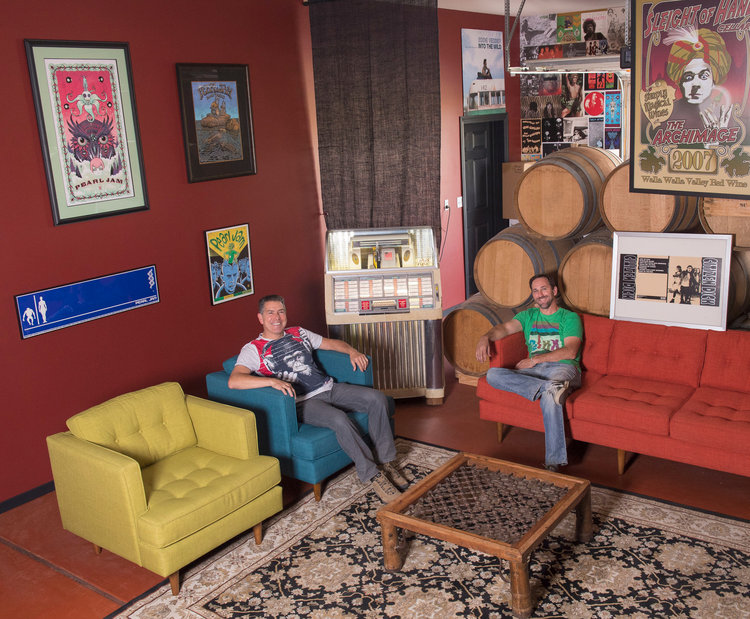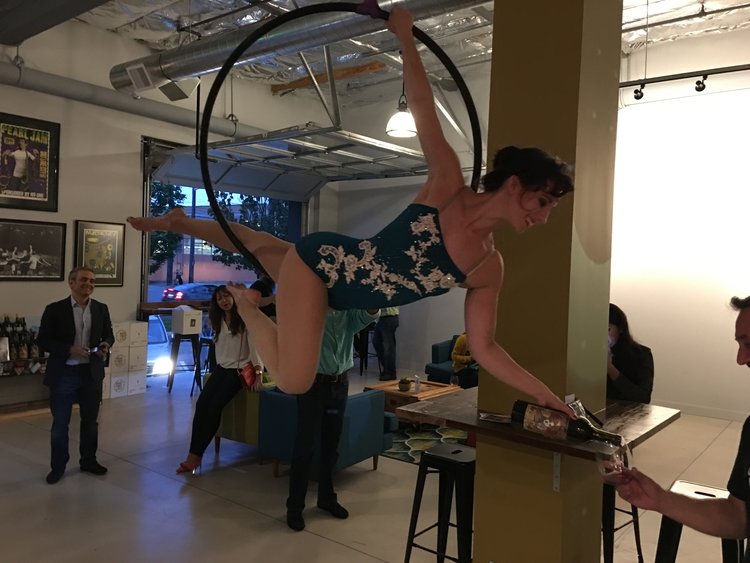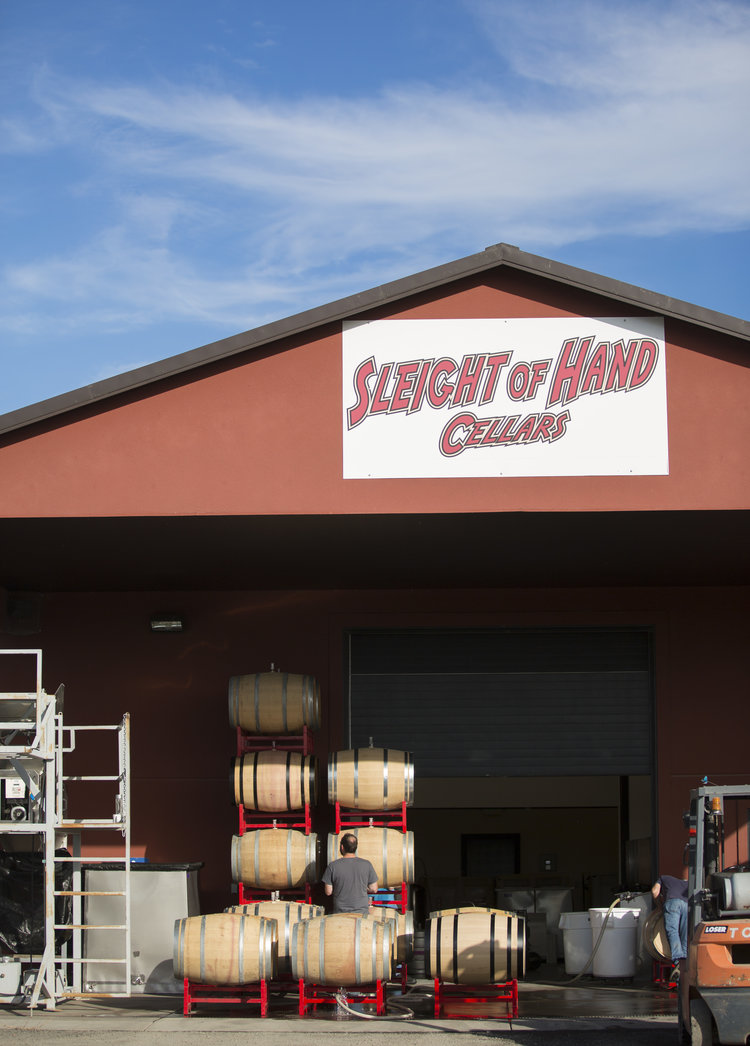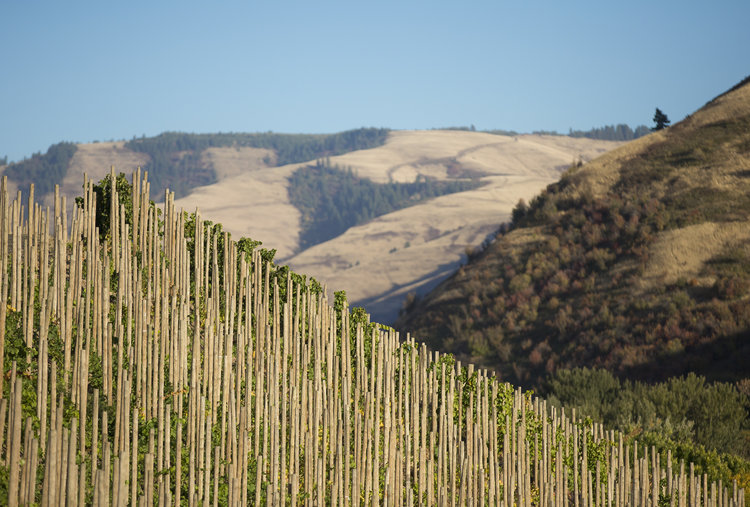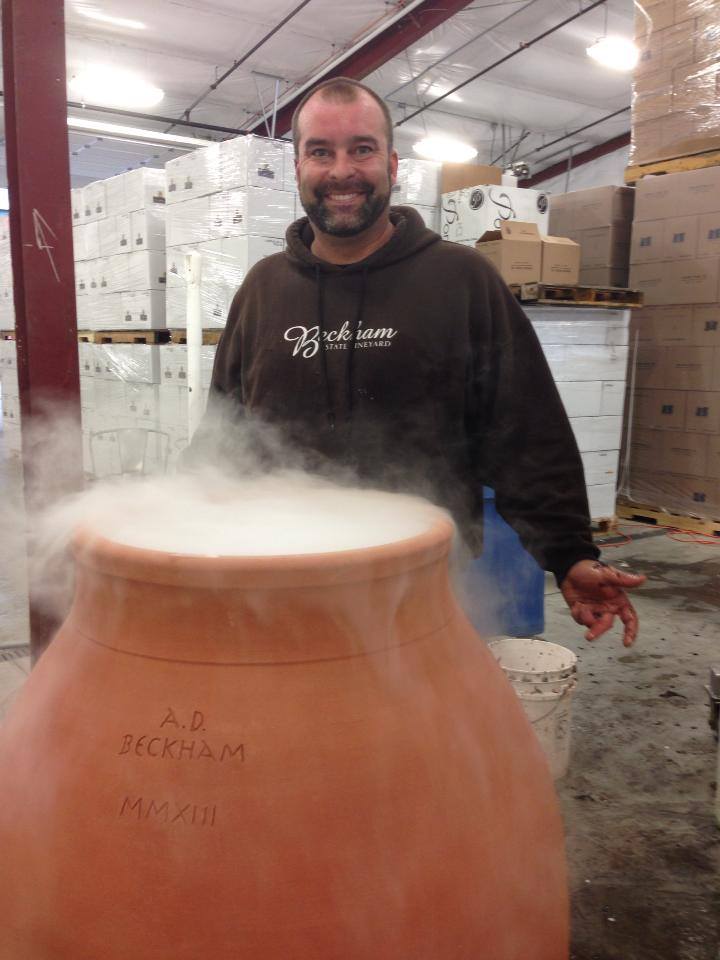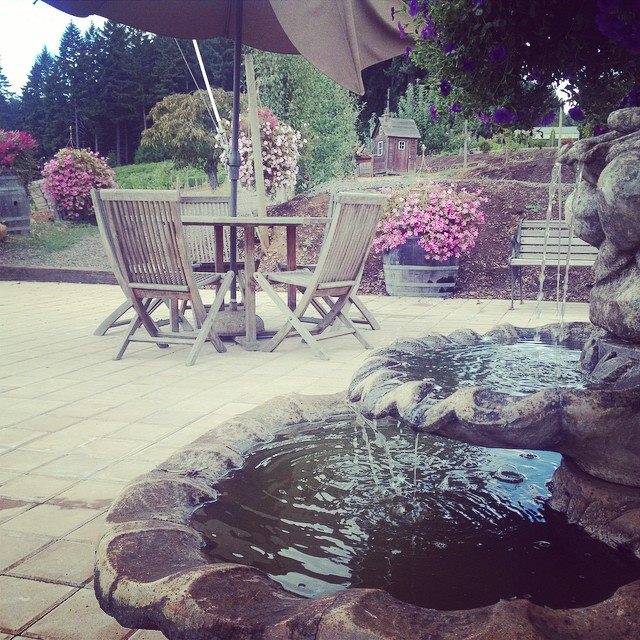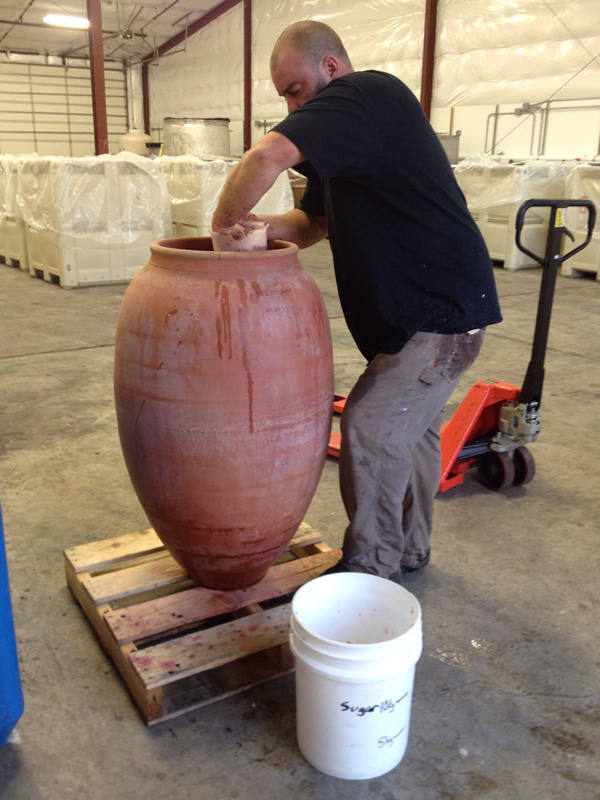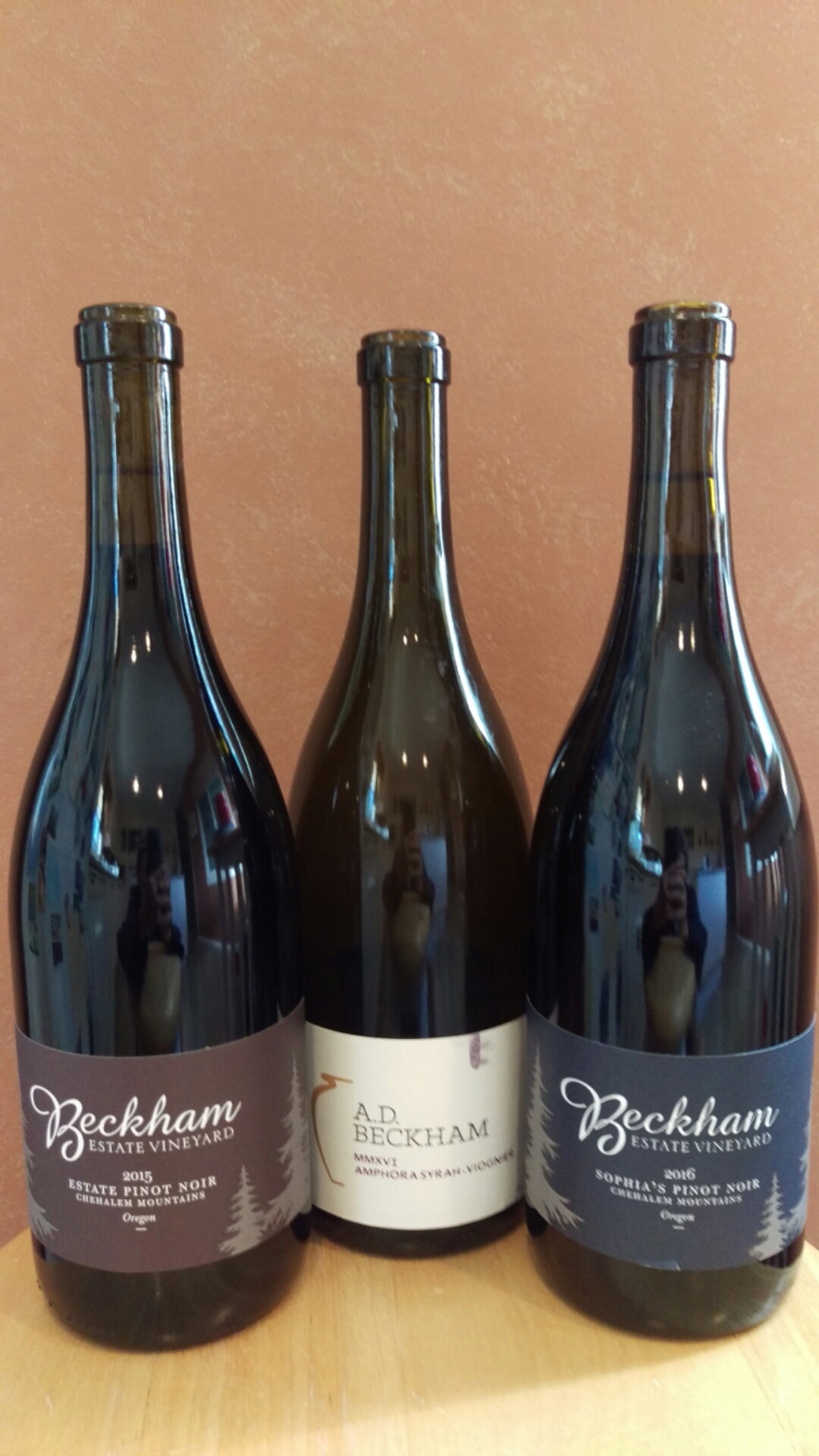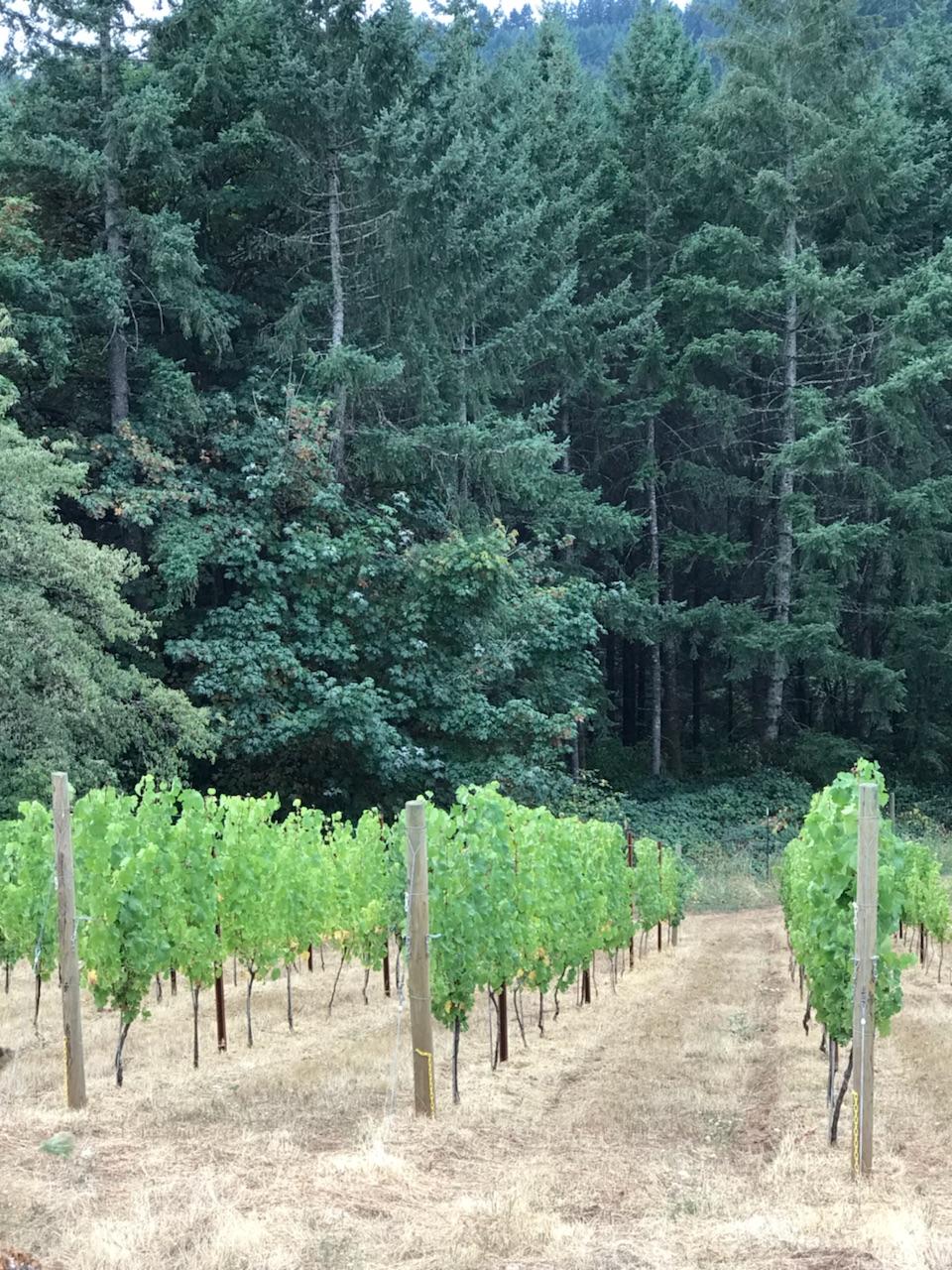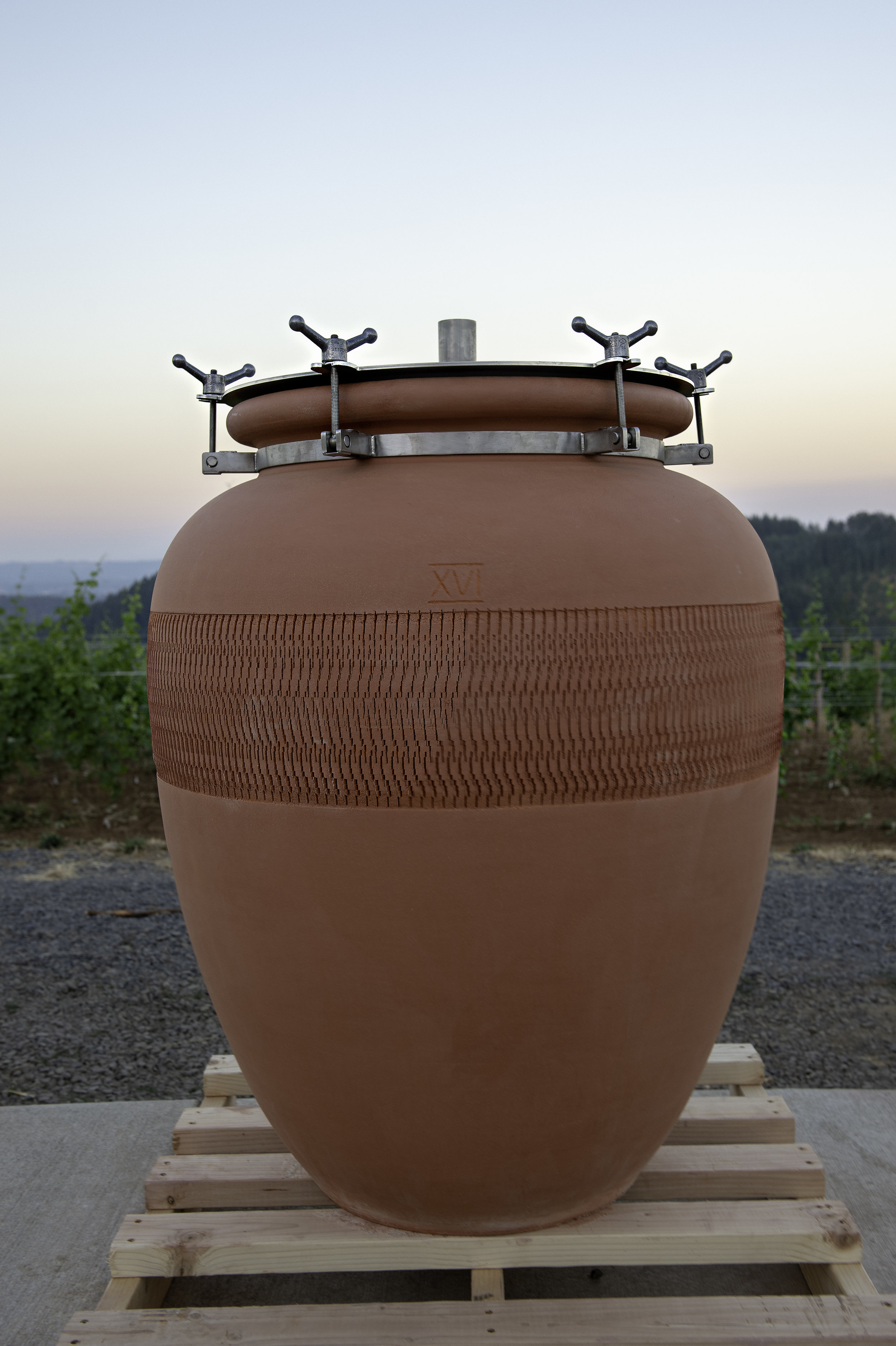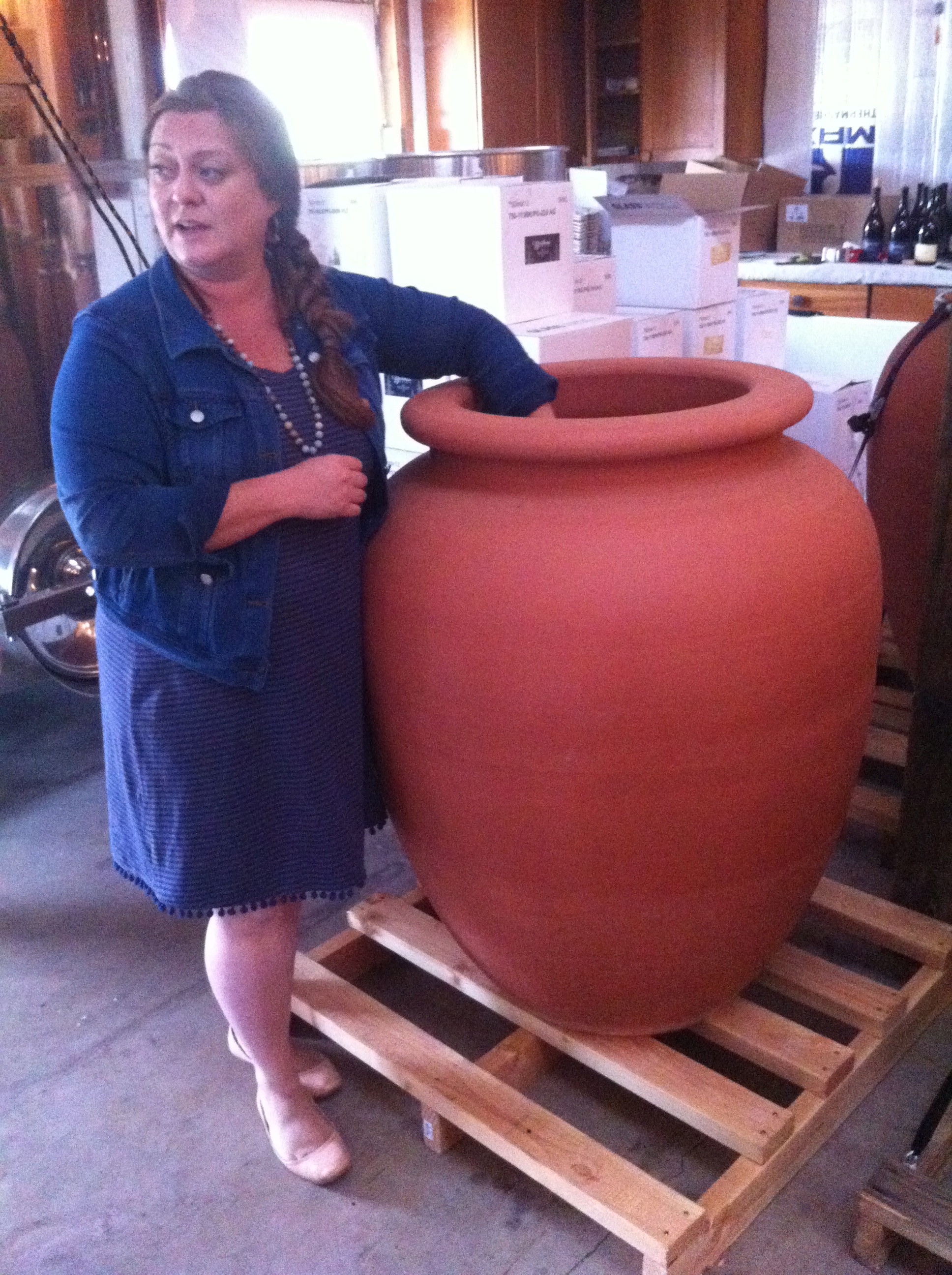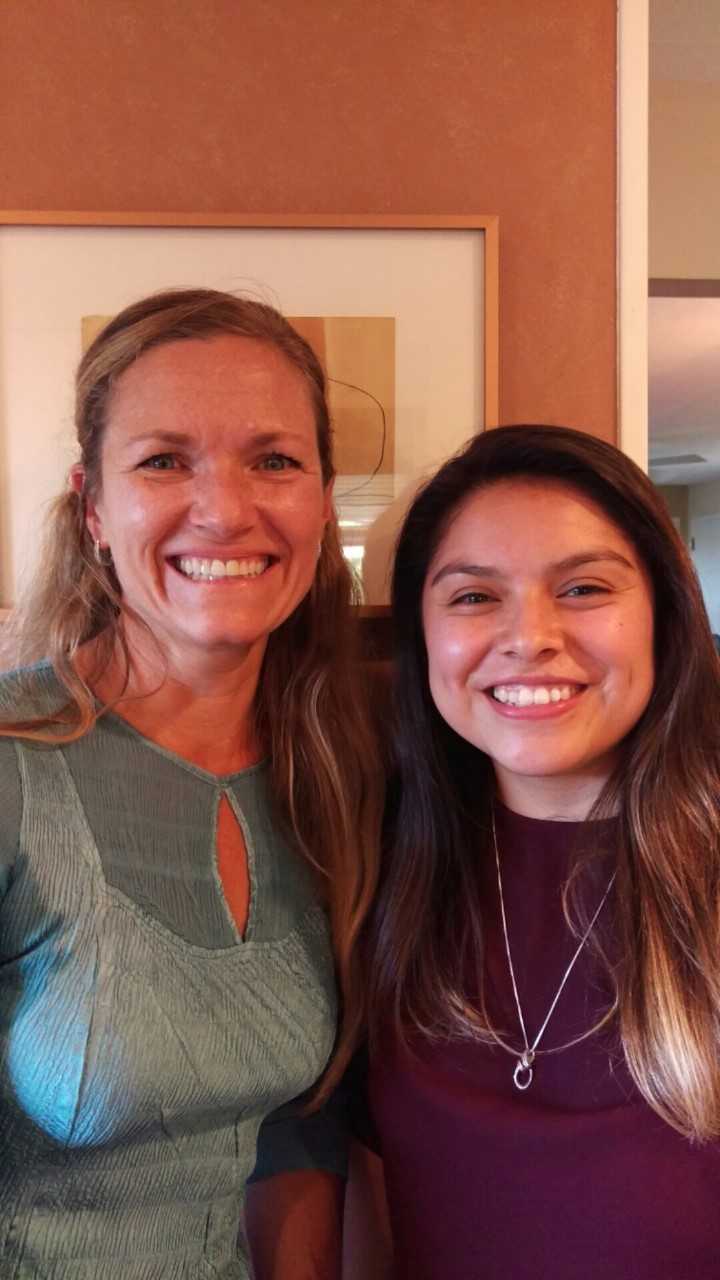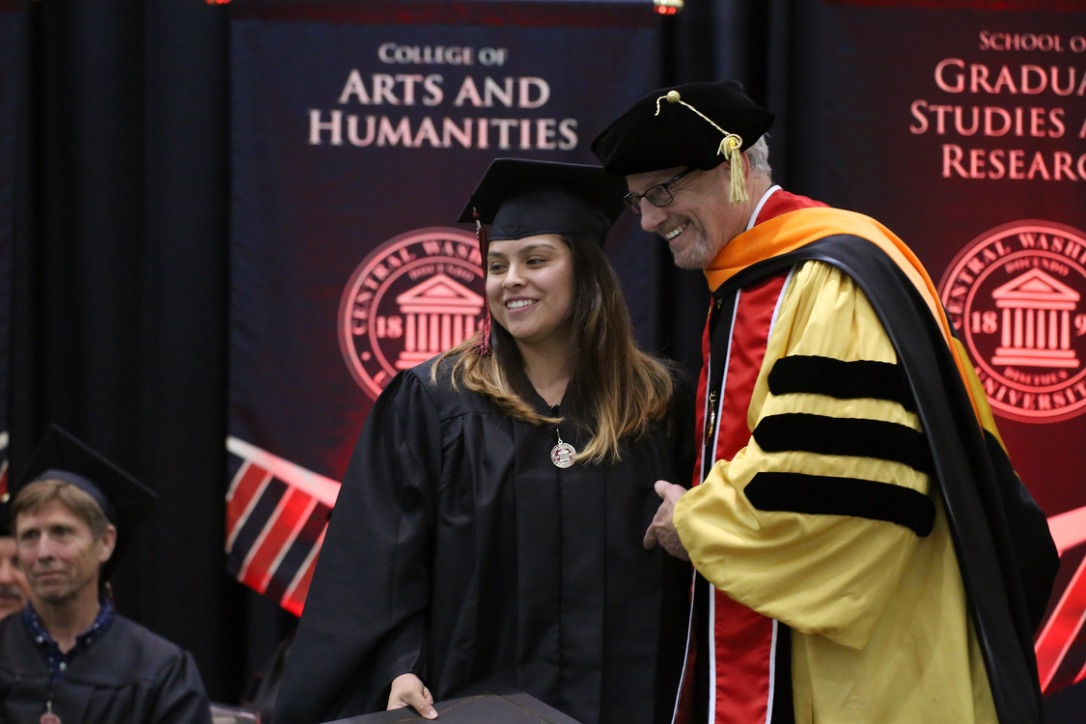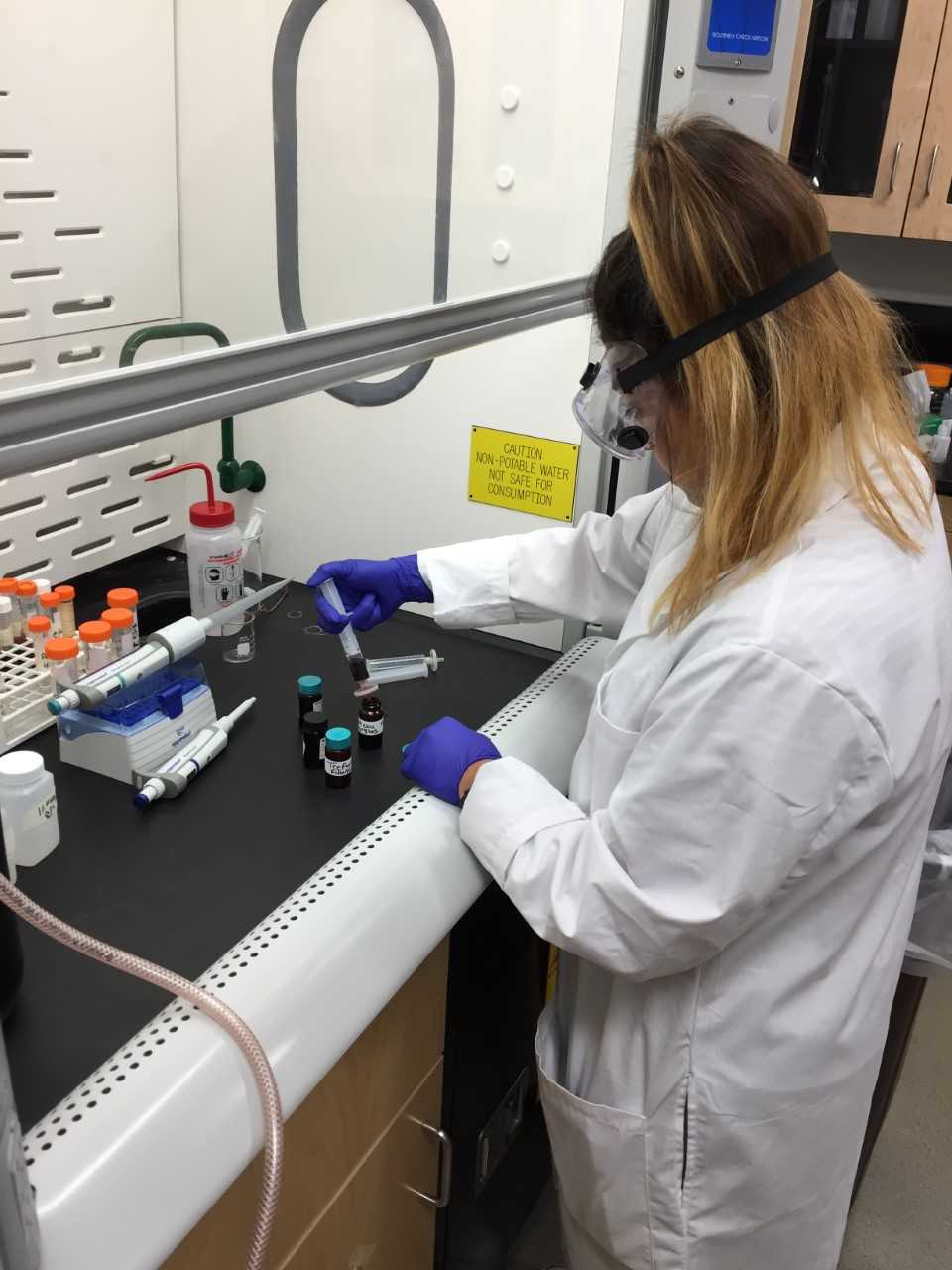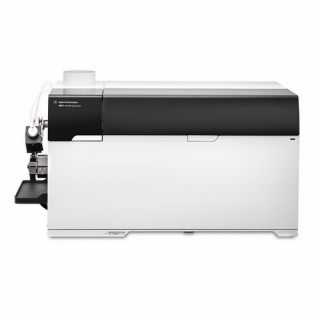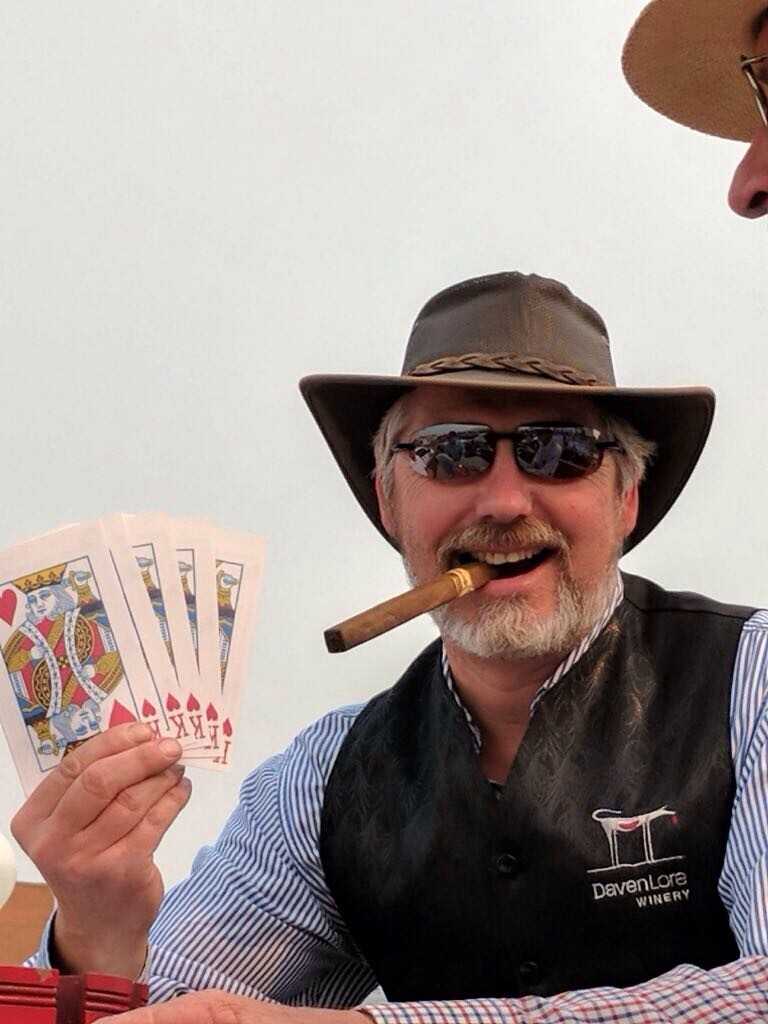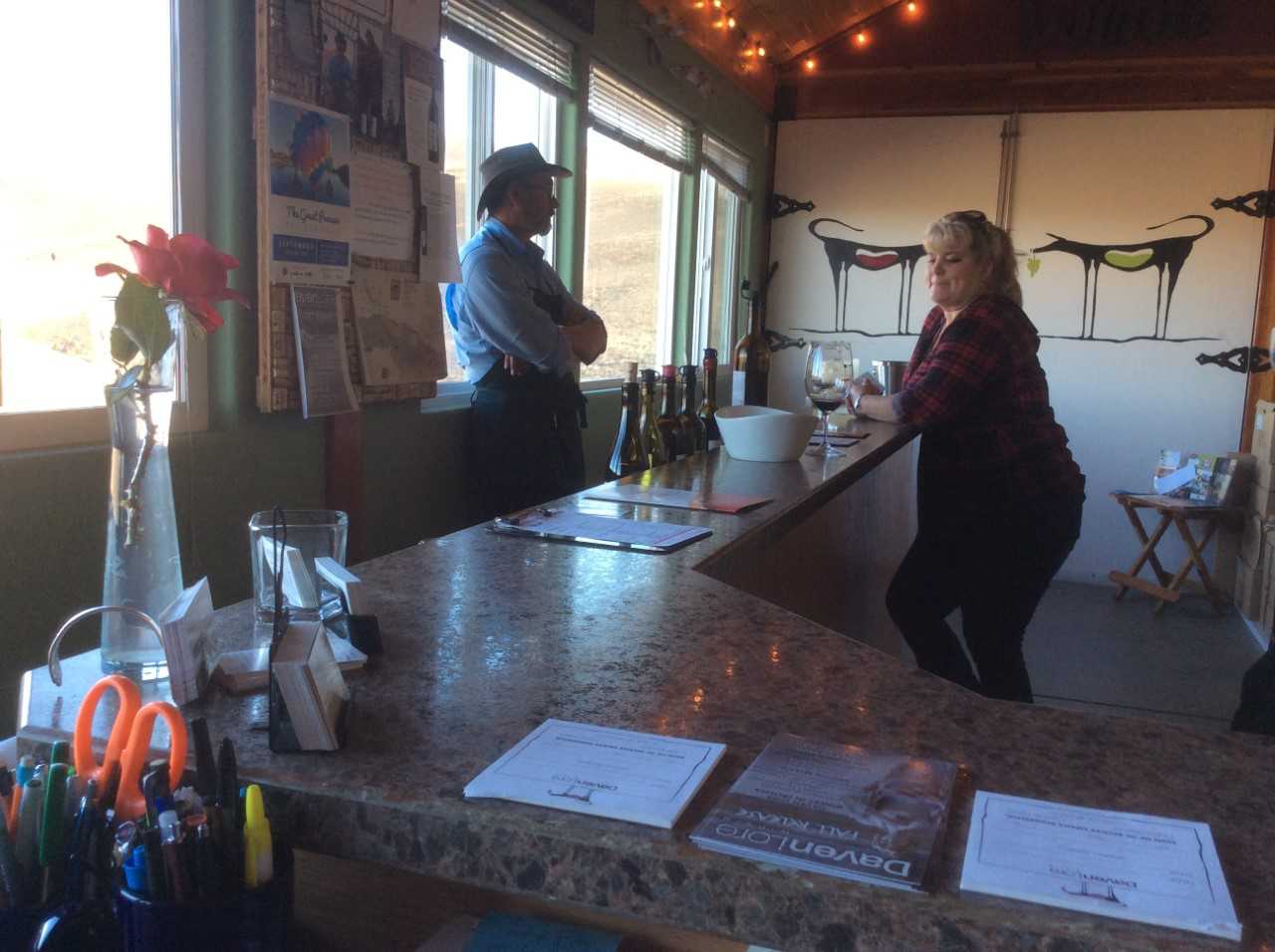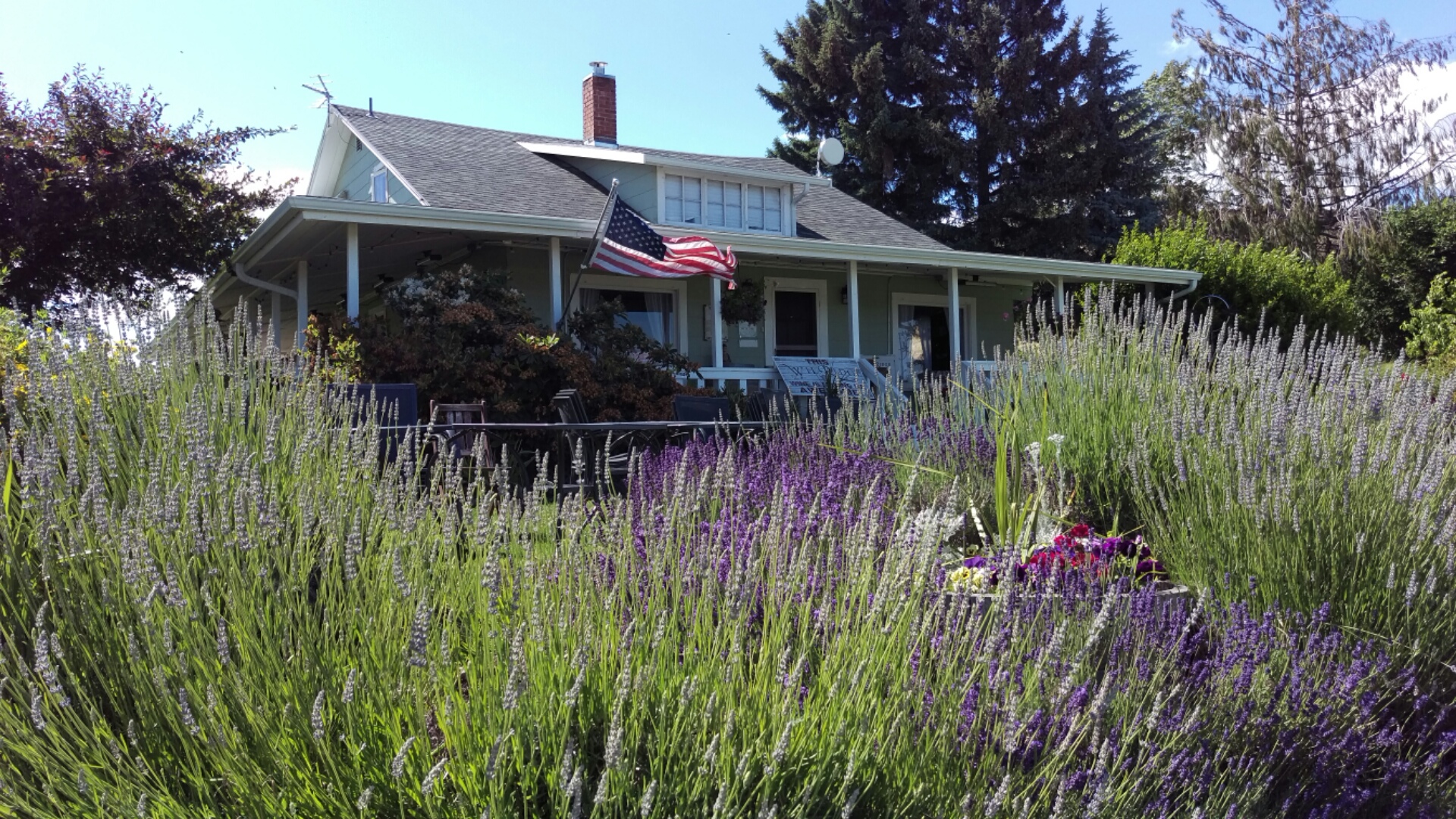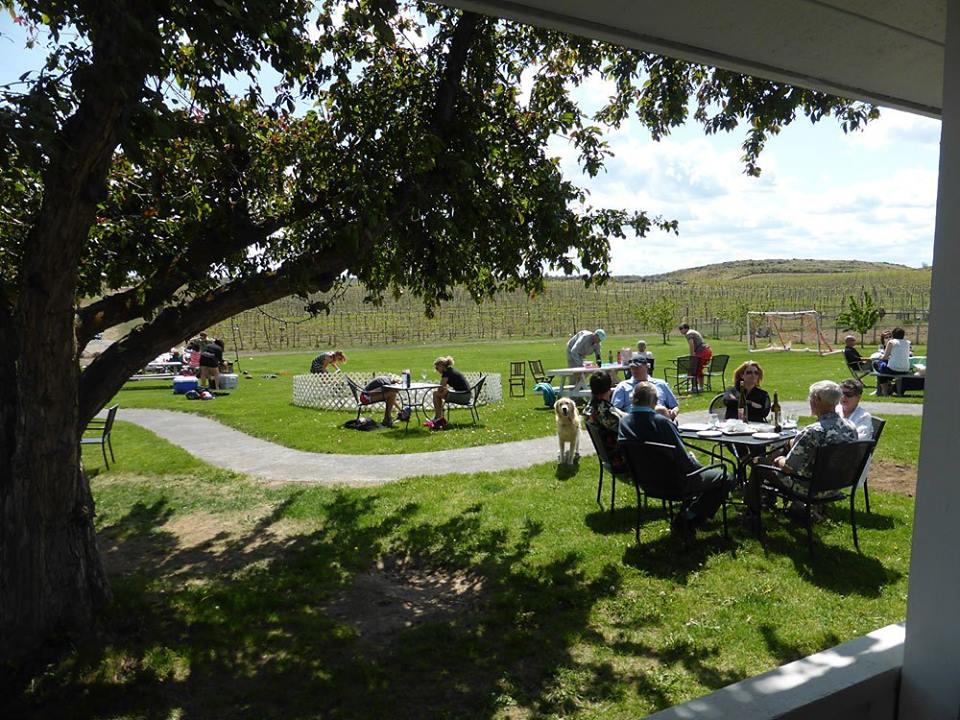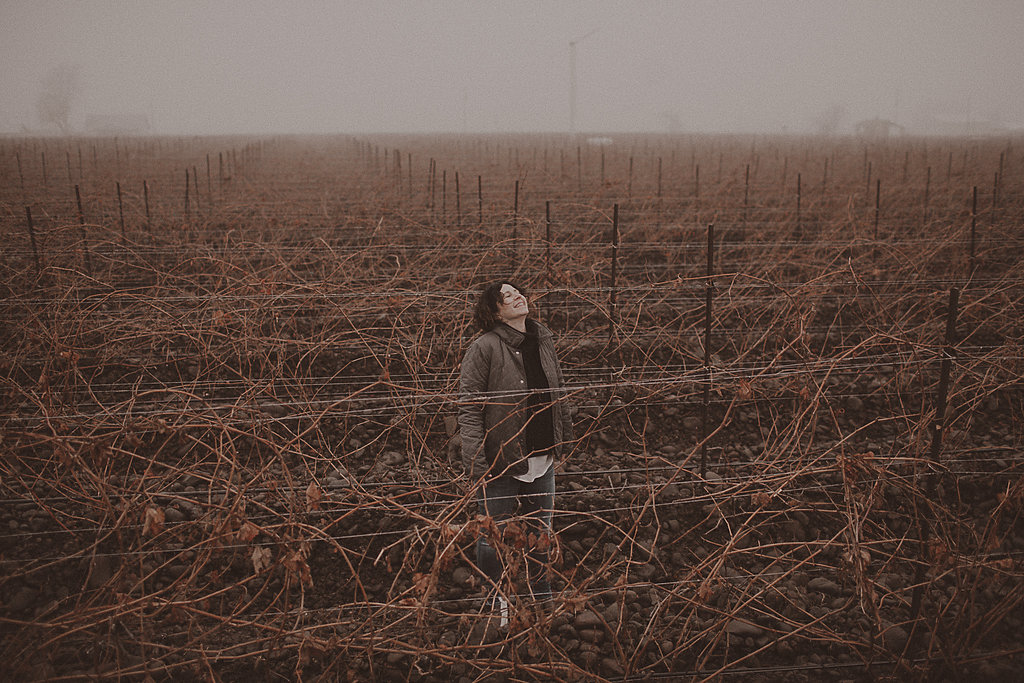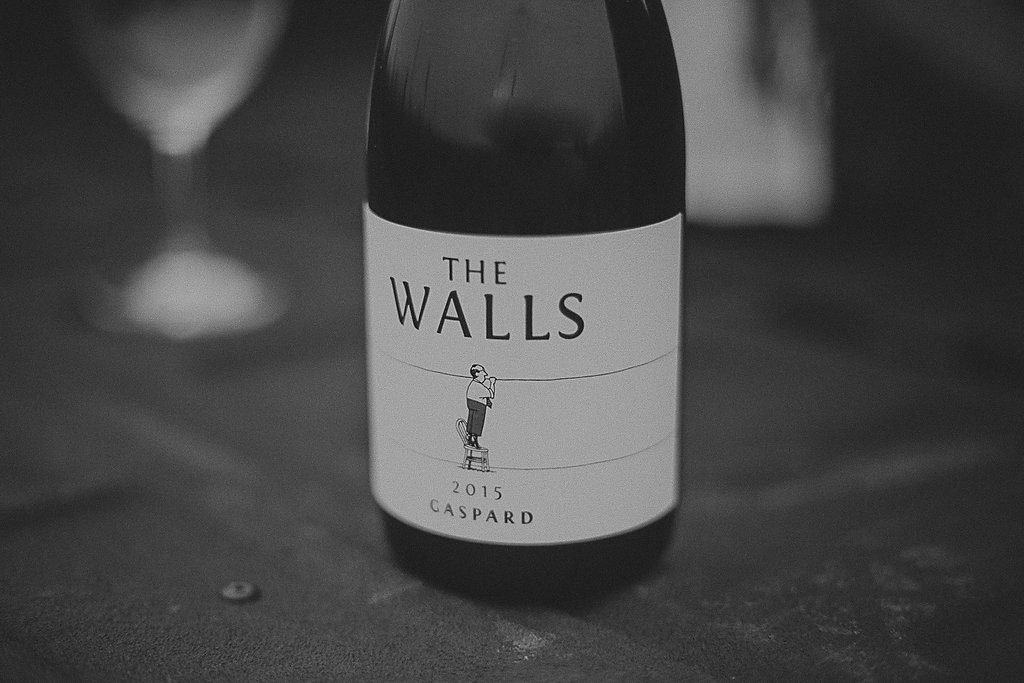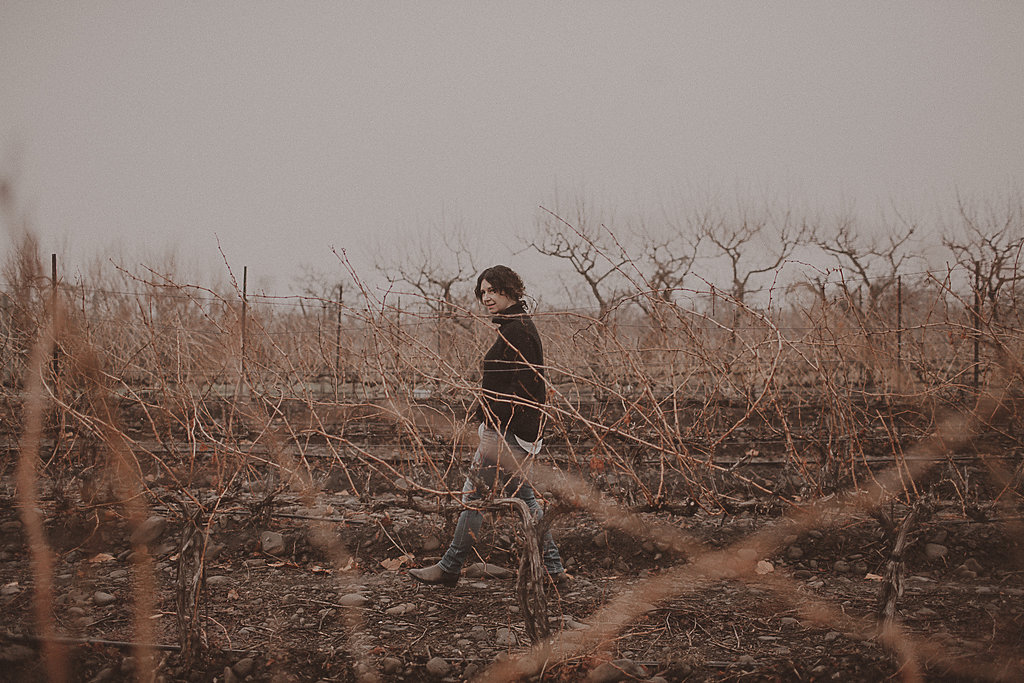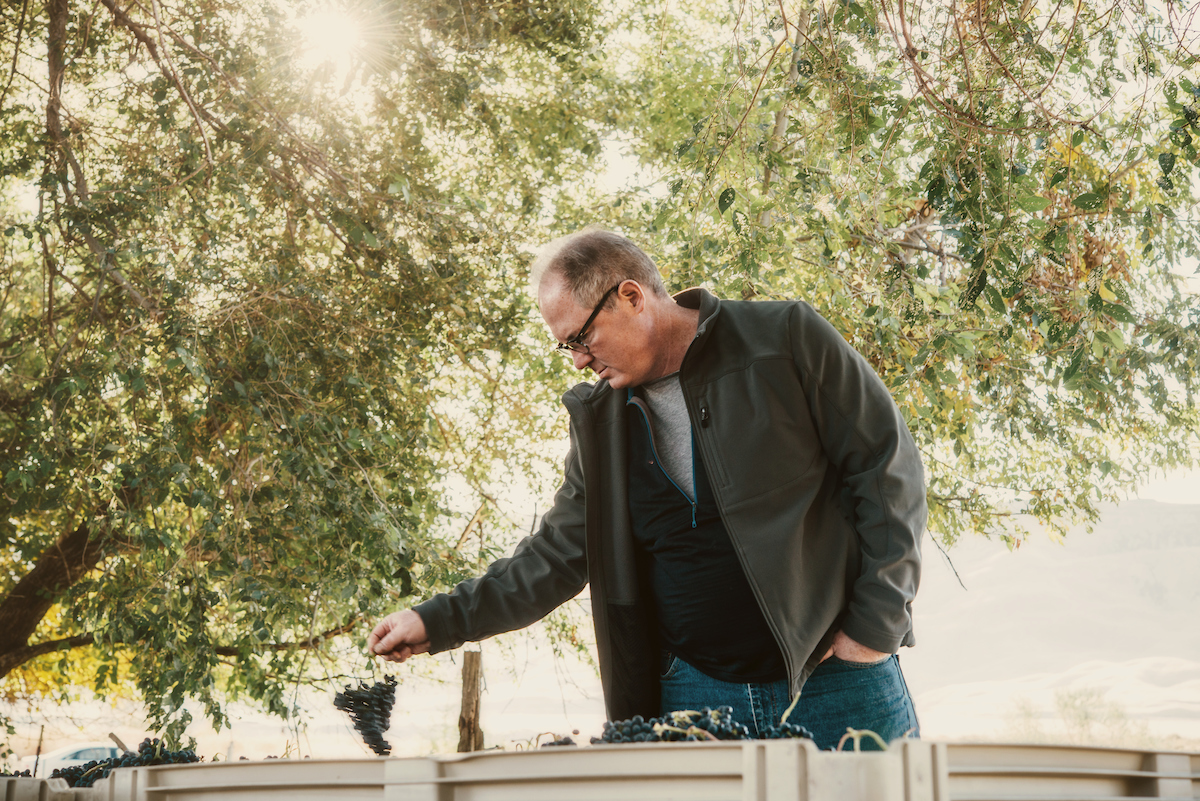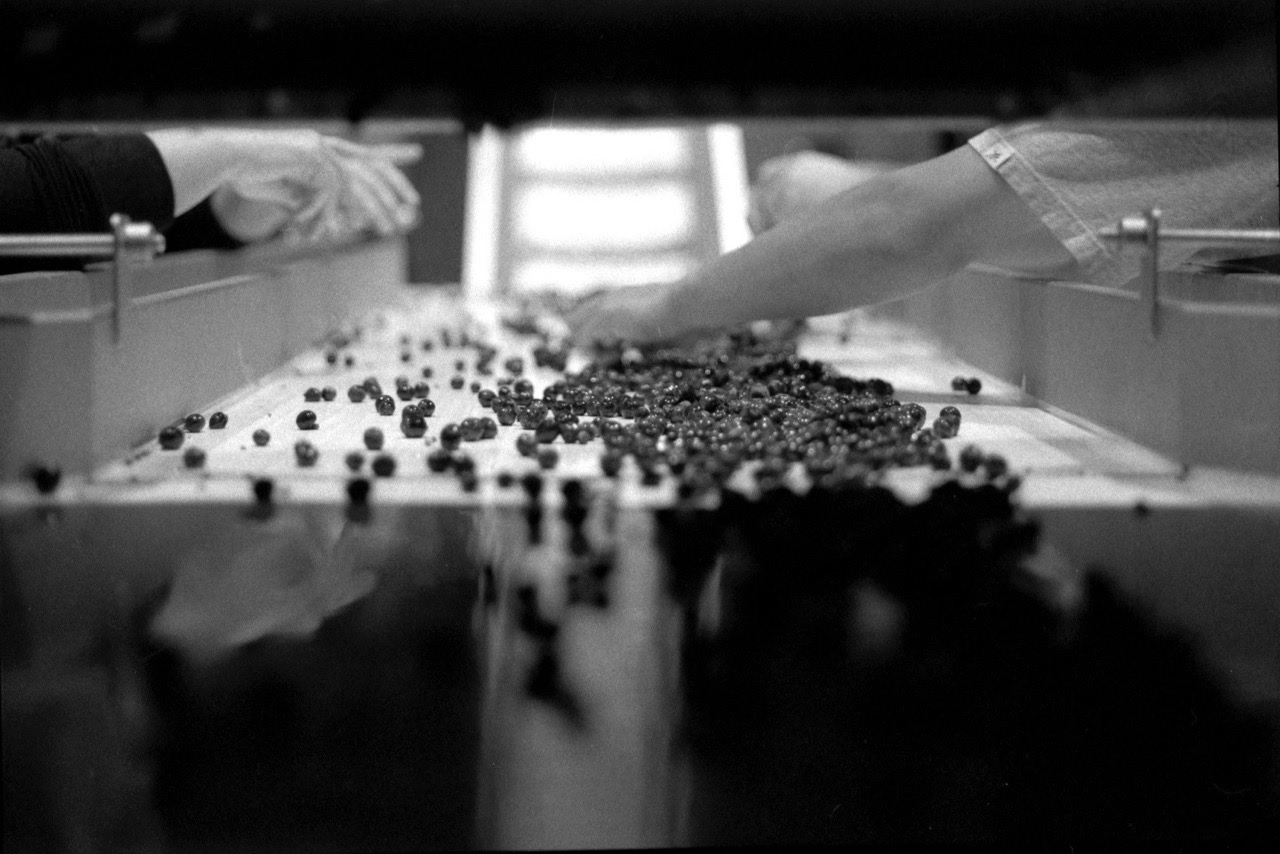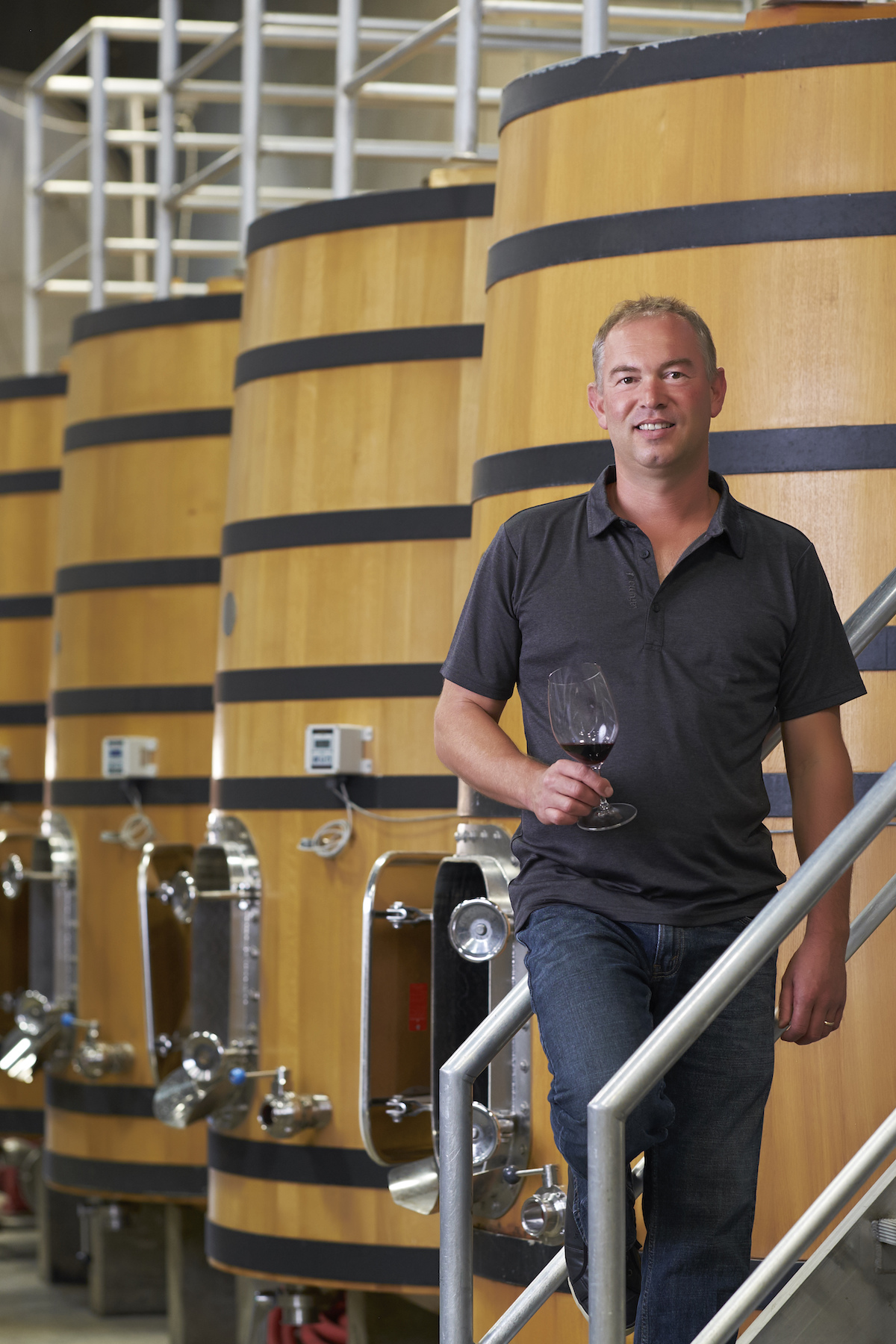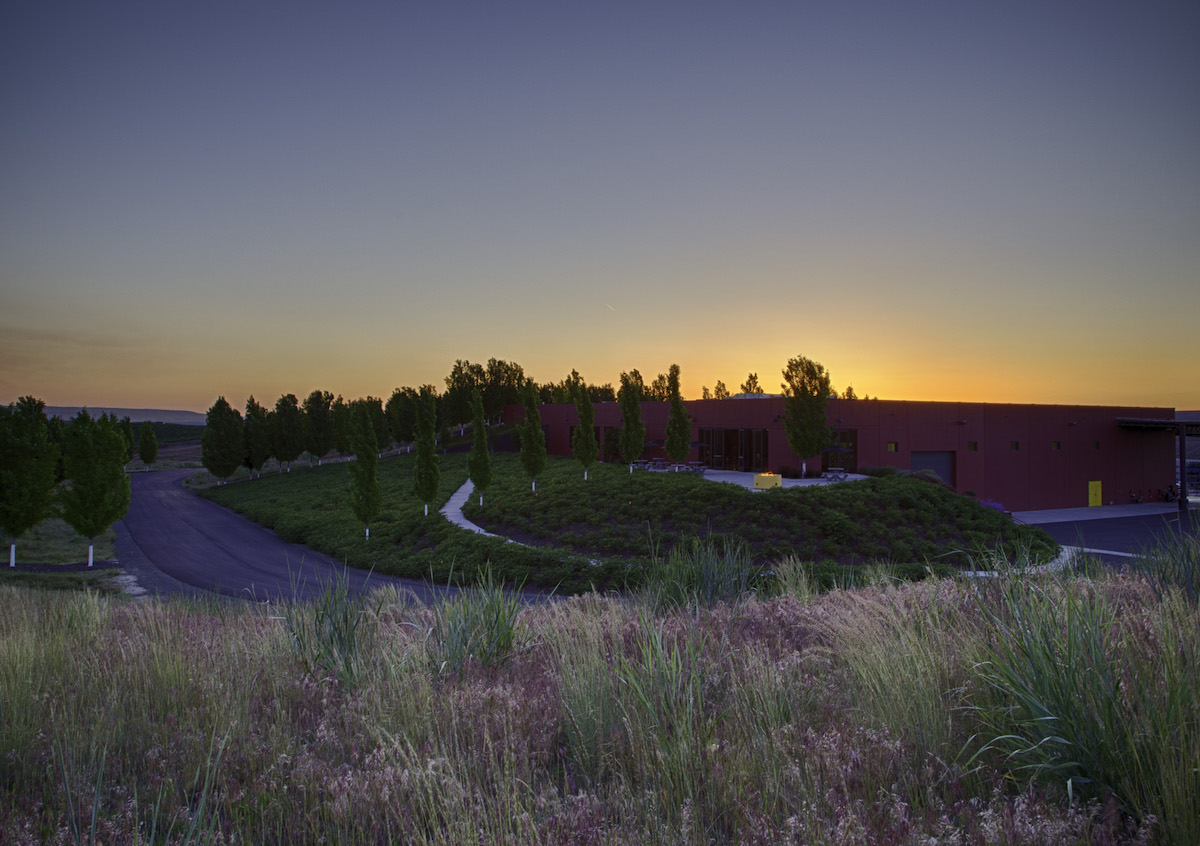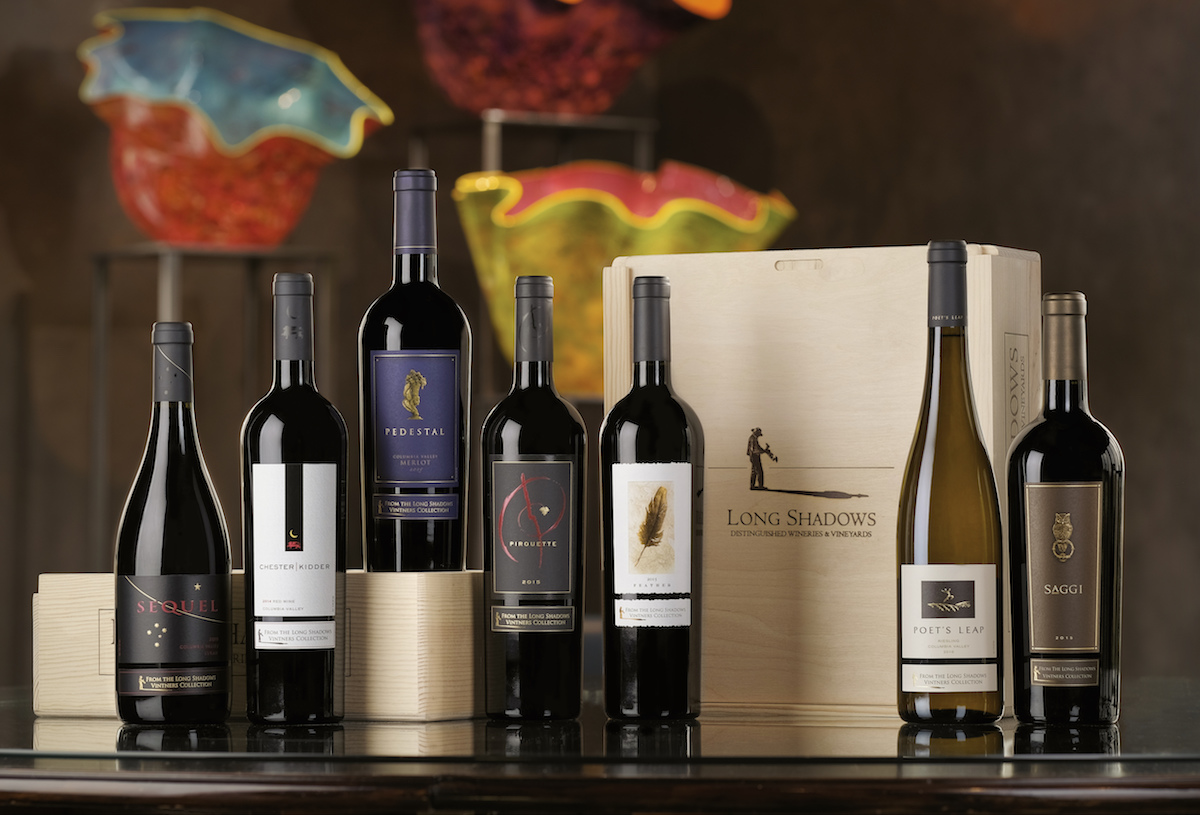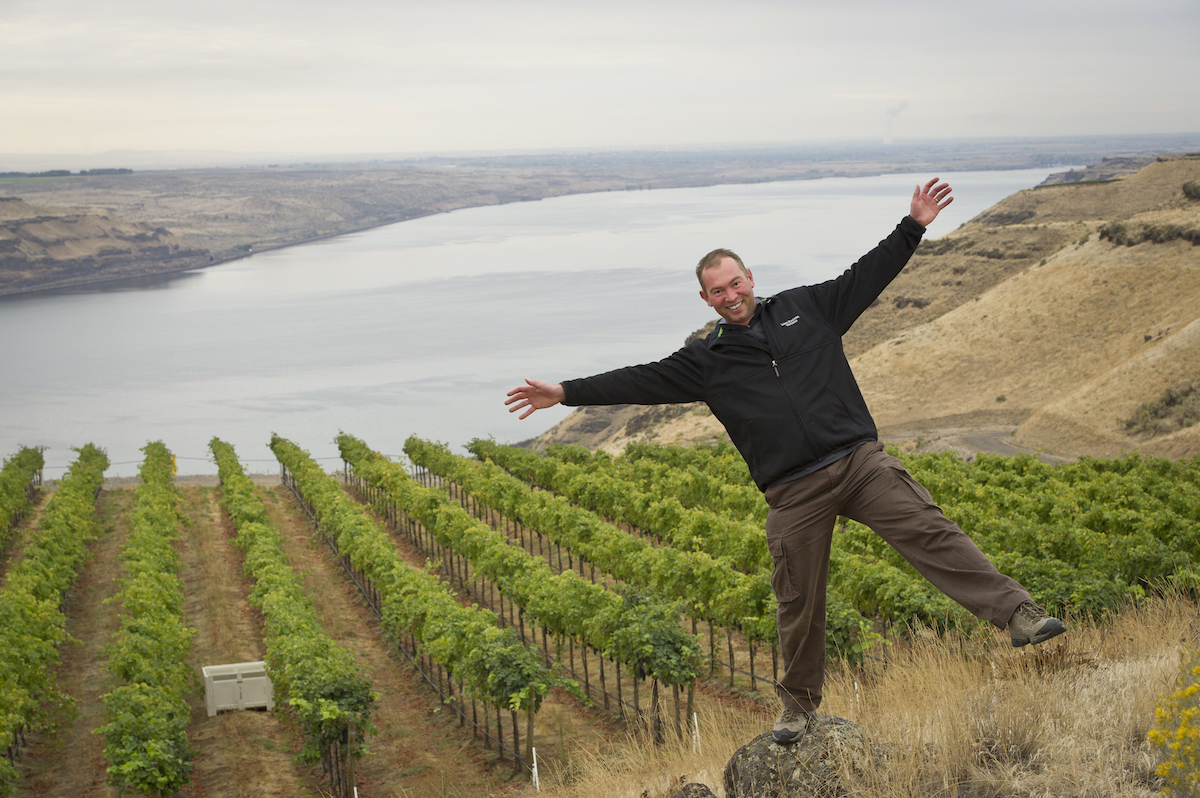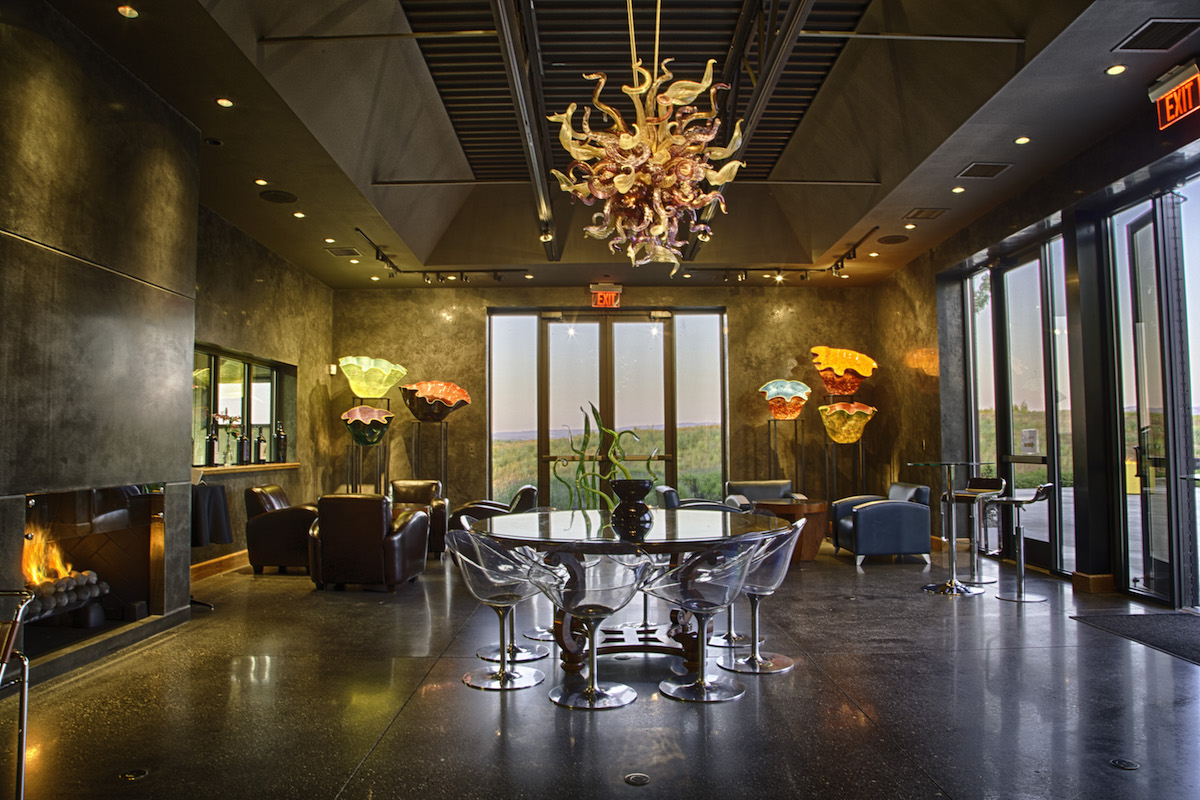Trey Busch of Sleight of Hand Cellars
If you like your music on vinyl and your wines magical, then Sleight of Hand Cellars is the place for you. Whether visiting the Walla Walla or SODO tasting rooms, you’ll find record albums lining the shelves and magic posters decorating the walls and bottles. The winery’s appropriate motto is: “Great wine, great music, lots of fun.” For co-owner and founder Trey Busch, music is “like oxygen”, and it’s always on in the tasting rooms and winery. Even the name “Sleight of Hand” comes from a Pearl Jam song, a favorite band for Trey, who can often be found playing air guitar when he’s not sipping or making wine. Although the tasting rooms and wine labels are fun, the wines are serious when it comes to quality. The Levitation Syrah, for example, made Wine Spectator’s top 100 list in 2018.
Speaking of Syrah, Sleight of Hand makes several, and has a club for folks who want only syrah wines in their annual shipments. The Psychedelic Syrah is from the Stoney Vine Vineyard in The Rocks, which Trey thinks is the most unique AVA in North America. Although this is a single-vineyard wine, most Sleight of Hand wines blend multiple vineyards and AVAs, even with single varietal wines. For Trey, winemaking and painting are similar—more vineyards and colors mean more complexity in the final product. The winery’s signature wine is the Archimage, which is a Cabernet Franc and Merlot blend, with the former varietal always dominant. It’s an ode to the renowned Cheval Blanc, says Trey, who believes Washington produces the finest Cabernet Franc in the world. Find out about this and much more from this fun and fascinating interview.
Listen to the Interview:


